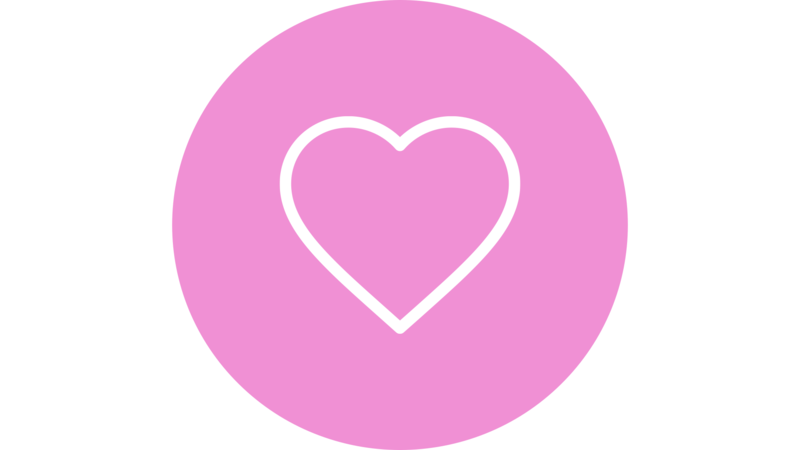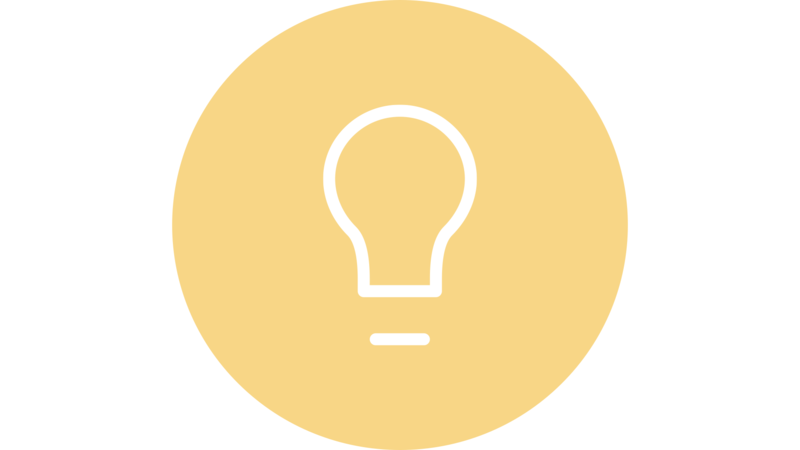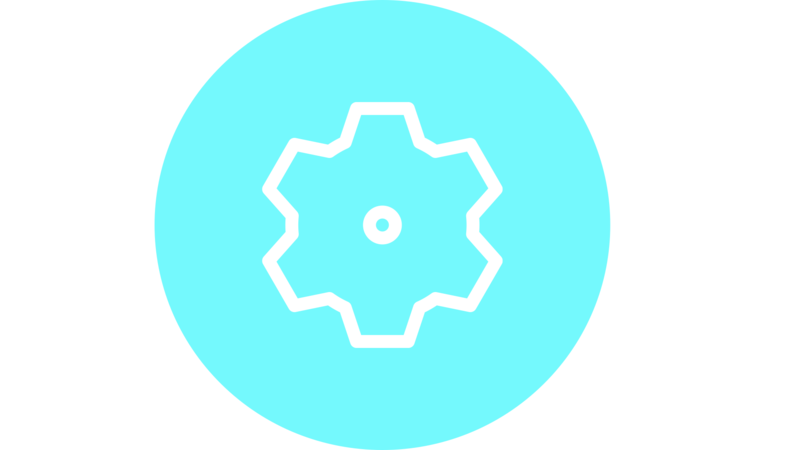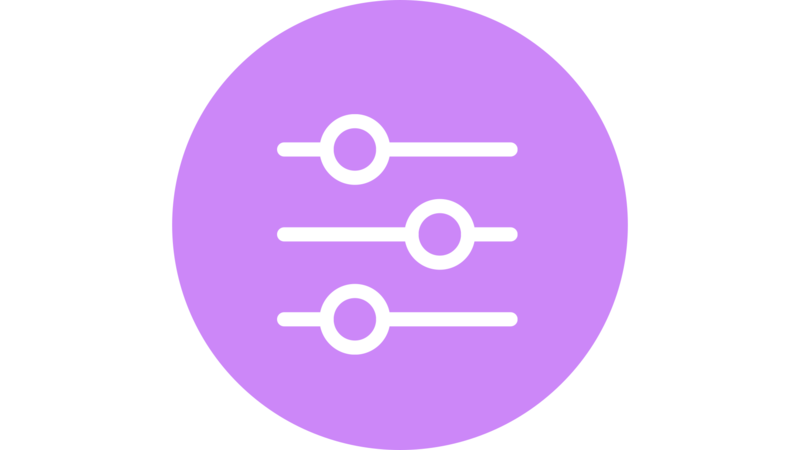Even though the approach of design thinking has been used and applied for several decades, it has endured to this day and even in 2020, almost every innovative company in the world will be using design thinking in some form. Therefore, it is important to understand what design thinking is, no matter what discipline you come from. Bringing together the thinking of different teams and people with different backgrounds is essential for a successful design thinking process.
Definition from Design Thinking.
According to David M. Kelley - founder of IDEO and director of the d.school at Stanford University - design thinking can be defined as follows:
Design thinking is a people-centred approach to innovation that draws from the designer's toolbox to integrate people's needs, technology's capabilities and business success requirements.
David M. Kelley - Founder of IDEO and Director of the d.school at Stanford University.
The five phases.
As different as the tools and the projects are, every Design Thinking process can be divided into five phases:
Phase 1: Understanding and observe (empathize)
The team gathers information about the target group. Depending on the area and the task, the team makes observations, conducts interviews or empathically puts themselves in the target group's shoes with the help of personas or empathy maps, for example.
In the process, the team tries to find answers to these questions:
- Who is the product / service for?
- What problem does this person have?
- What does this person do?
- What is this person facing?

Phase 2: Views define

The insights gained are now used as a starting point for a definition of the target group. In doing so, the answers to the following questions are derived from the step "understand and observe":
- What are the needs of the user?
- What problems and challenges does the user face?
- What insights have we gained about the user?
Phase 3: Ideas find
Now it gets creative! Using tools such as brainstorming, mindshaping or storyboards, ideas and solutions are generated on the basis of the insights gained:
- What products and services can we offer that meet the needs?
- How can we position ourselves and/or existing products and services differently.
Tip: Everything is allowed in this phase. Build up an inspiring atmosphere by, for example, replacing "Yes, but..." with "Yes, and ...". This makes it possible for ideas to mature very early on. Badmouthing" ideas and negative criticism (also non-verbal) are not appropriate here.

Phase 4: Prototype develop

The ideas are clustered, evaluated and ranked. Prototypes are created for the most promising ideas. These should primarily serve to show the functions of the product or service on a simple and abstract level. A fail-fast mentality is needed here to get to the final results efficiently and quickly.
Phase 5: Testing
The functional prototypes are now tested by and with the target groups considered in step 1. The test results are again used as a basis to refine previous findings and to further develop and ultimately mature the prototype.

Conclusion: From linear process to the iterative thinking
The most important point in all design thinking processes, however, is that the process itself is not linear and never really ends. Each learning from each phase influences the other phases, creating an iterative process that brings the project ever closer to perfection.
Just a few examples of how the phases interact with each other:
- Get more understanding (phase 1) of the user through testing (phase 5).
- Tests (phase 5) show that the problem must be defined differently (phase 2).
- New ideas (phase 3) arise from the creation of the prototype (phase 4).
- Tests with users (phase 5) lead to new ideas (phase 3).


Stefan Weder
Together with my team, I structure innovation and communication-relevant knowledge for B2B companies and use it to develop target group-focused business models and productions. In doing so, we enter new territory every day. We share what we discover and experience there in our blog - and are curious what you tell us.

